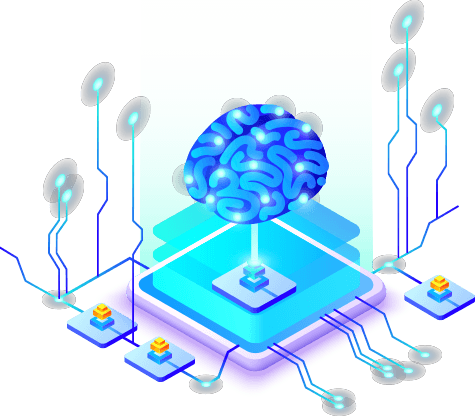The Key Catalysts Fueling Global Data Annotation And Labelling Market Growth

The explosive Data Annotation And Labelling Market Growth is being propelled by a set of powerful and undeniable trends that are driving an insatiable, global demand for high-quality training data. The market's phenomenal upward momentum is clearly captured in forecasts that predict its valuation will surge to an impressive USD 17.9 billion by 2035. This expansion is being powered by a remarkable compound annual growth rate of 15.71% for the 2025-2035 period, as a convergence of key catalysts—from the rise of autonomous systems to the explosion of generative AI—makes data annotation the single most critical bottleneck and, therefore, one of the biggest growth opportunities in the entire AI ecosystem.
The single most powerful catalyst for this market growth is the massive and accelerating investment in computer vision applications across a wide range of industries. The most prominent example is the race to develop self-driving cars. Training the AI perception systems for these vehicles requires a colossal and continuous stream of meticulously labeled video data to teach the car how to recognize pedestrians, other vehicles, traffic signs, and every other object in its environment. This single use case is a multi-billion-dollar market for data annotation. But the demand extends far beyond automotive, to areas like retail (for shelf monitoring), agriculture (for crop analysis), and security (for surveillance), all of which are deploying computer vision at scale and creating a massive demand for image and video labeling.
Another key driver is the rapid proliferation of natural language processing (NLP) and the recent explosion in generative AI and large language models (LLMs). The development of sophisticated chatbots, virtual assistants, and content generation tools like ChatGPT is entirely dependent on vast quantities of labeled text data. To create a chatbot that can understand customer intent, a model needs to be trained on thousands of examples of customer queries that have been manually labeled with the correct intent. To fine-tune an LLM to be a helpful and harmless assistant, a process called Reinforcement Learning from Human Feedback (RLHF) is used, which involves a massive human effort to rank and correct the model's outputs. This deep need for human-in-the-loop training for language models is a huge and fast-growing driver of the market.
Finally, a crucial factor fueling the market's growth is the increasing strategic focus on "data-centric AI." For years, the focus of AI research was primarily on developing better algorithms and model architectures. However, there is now a growing consensus in the industry that the key to building better AI is not just better models, but better data. The quality, accuracy, and diversity of the training data have been shown to have a more significant impact on a model's final performance than small tweaks to the algorithm. This strategic shift places a much greater emphasis and value on the process of creating high-quality, curated, and accurately labeled datasets, elevating the data annotation process from a simple pre-processing step to a core and strategic part of the AI development lifecycle.
Explore Our Latest Trending Reports:
Open Source Intelligence Market
- Art
- Causes
- Crafts
- Dance
- Drinks
- Film
- Fitness
- Food
- Oyunlar
- Gardening
- Health
- Home
- Literature
- Music
- Networking
- Other
- Party
- Religion
- Shopping
- Sports
- Theater
- Wellness


